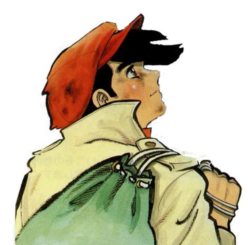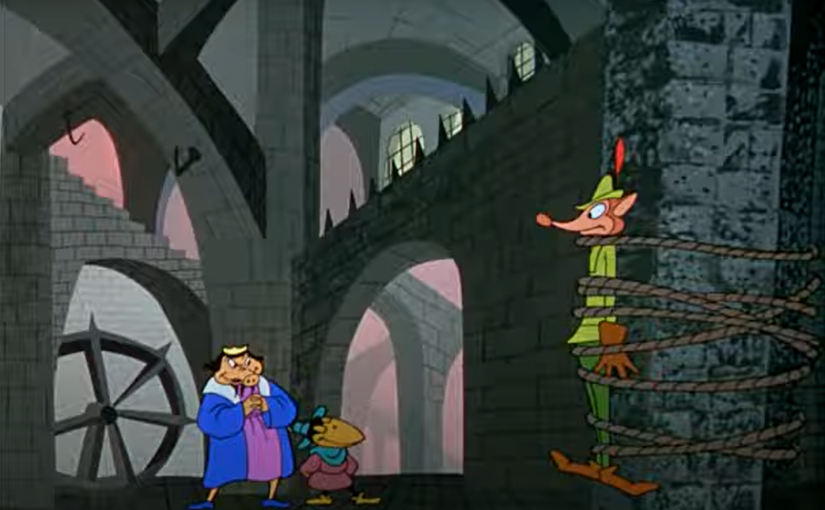After talking in detail about cartoons from the Golden Age of Animation from the great studios (Disney, Warner Bros’, MGM, Fleischer), Yesterday’s Joe is back with his favourite animated clips by… the rest. These will be kind of throwaway posts, but nonetheless there’s a few interesting things to be found. Today’s turn is John Hubley’s UPA, known for their stylistic innovations. UPA was a completely new discovery for me, during my… “research”. Since most of the UPA stuff is consistently awesome, I’ll keep it serious this time.
UPA
John Hubley was a background and layout artist for Disney, where he worked on all the classic films from the time: Snow White, Pinocchio, Dumbo, Bambi, and the “Rite of Spring” segment from Fantasia. In 1941, John Hubley left Disney, looking for creative freedom. After work at Screen Gems, he joined IFPS, the Industrial Film and Poster Service, later named UPA (United Productions of America). There he worked with a different style called ‘limited animation’, which was more abstract and experimental. This style of animation came to be used more often in the 1960’s and 1970’s, but more for budget reasons rather than creative ones. It was meant to be an alternative to the growing trend of realism in the animation of Disney and the likes.
I’ll only speak today about a small number of animated shorts they made before 1950, in order to stay within the same era as the other posts, and to highlight the start of a new path in American animation.
Hell-bent for Election, 1944
The first cartoon, Hell-Bent for Election, didn’t break the boundaries they wanted. There’s some good ideas and a pretty cool dream sequence though. Directed by Chuck Jones, it was produced for the reelection of Franklin Roosevelt. It was a success and led to another assignment. Brotherhood of Man, aggressively stylized compared to other studios.
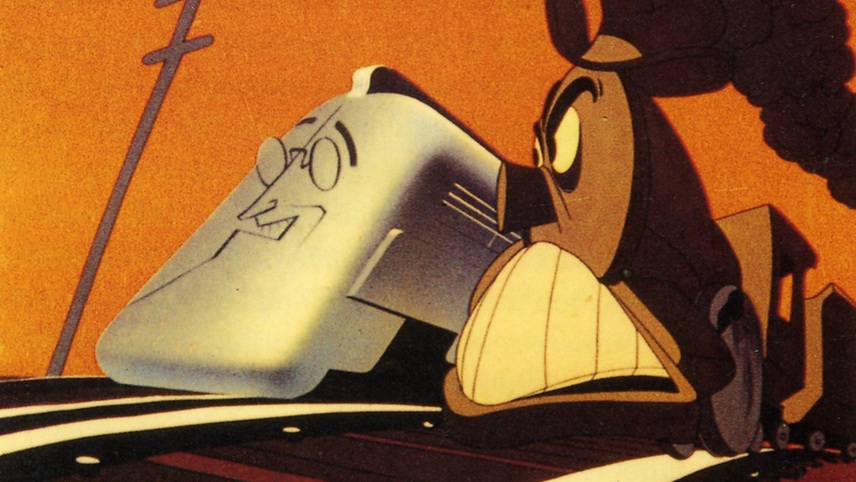
Brotherhood of Man, 1946
Brotherhood of Man is a kind of educational, inspirational video, an attempt to help United auto Workers with race relations in their factories after the war. It’s aggressively stylized and meant to charicaturize different race as well as a highlight that they are all the same. Lovely.
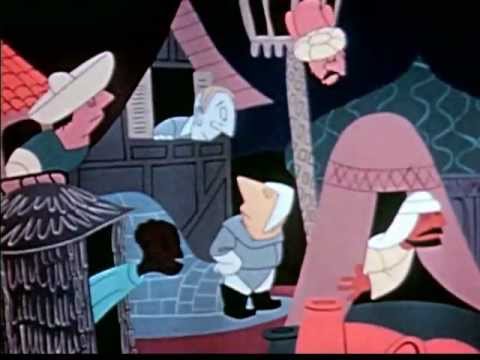
Robin Hoodlum, 1948
Robin Hoodlum was th first cartoon by Hubley under Columbia pictures. It was immediately nominated for an Academy Award, as was their second cartoon. At first view the cartoon wasn’t the revolution by UPA I was expecting, but a couple of things did stand out. The first thing you spot immediately is the style of layouts, which are comparable to some of Chuck Jones’ work for the Looney Tunes. Everything is less realistic, doors are crooked, forest look like cut out cardboard and dimensions make less sense.
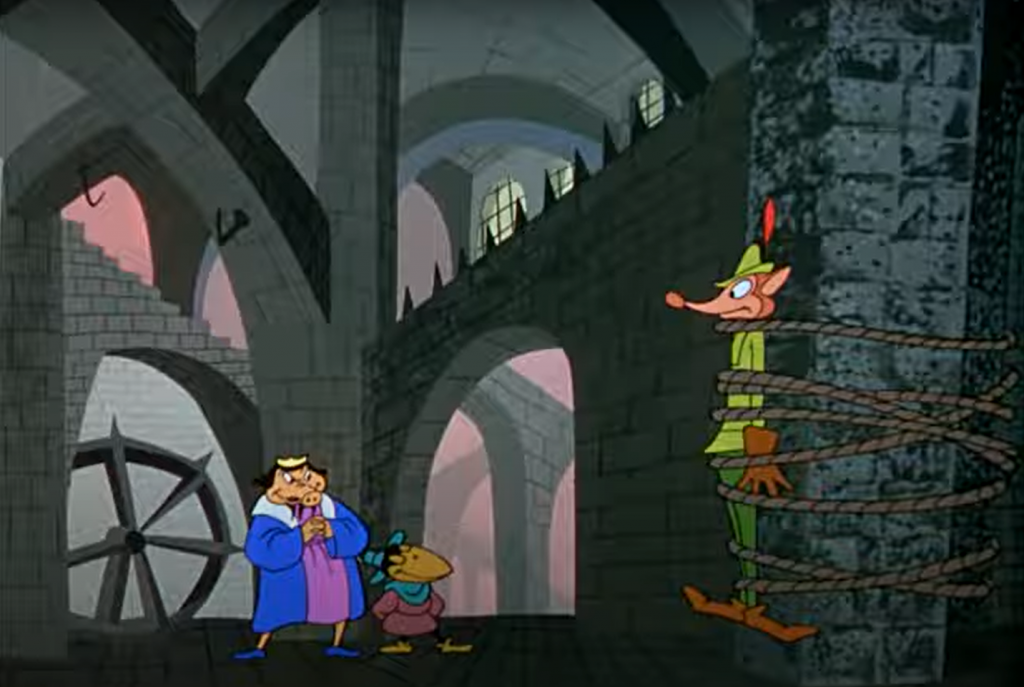
The second thing took a bit more time to figure out (because regardless of me owning an animation blog, I’m a complete and utter noob), but is probably a more distinct thing that sets the style apart from the other studios. The characters move in a very different way from the realistic animation by Disney, or the squash and stretch style of Warner Bros. Movement is kept limited, with more focus on characterized motions. You can tell the animators were really looking for a new style of animation. There’s small mannerisms the characters have you’d never see in a cartoon from any other studio. Every movement seems to be animated simply but to the greatest effect. I’m curious to where this ‘limited animation’ evolves towards. The gags are on the absurd side and try to tickle your sense of humor with silliness rather than punchlines. The story is fairly secondary, the director seemed more preoccupied with inventing a new style than getting the viewer involved in the plot. I had to watch it a few times, because I was so distracted by what was going on visually. Anyway, highly promising!
The Magic Fluke, 1949
Second UPA cartoon. Starring the Fox and the Crow, just like the last one. The novelty for me is the relationship between the characters. The conductor of a one man jazz band (fox) gets invited to direct a symphony orchestra. So he dumps his musician and goes for the money. The good hearted crow musician attempts to help him but gets stepped on (literally). The hilarity begins when he gives him a magic wand to conduct. The UPA style works a bit less well for me here. The musical shenanigans are such a staple of the cartoon genre. To have them done with limited animation all of a sudden just makes it seem of lesser quality. Not to say the cartoon isn’t good in itself for the story and the comedy. The Magic Fluke was also nominated for an Academy Award.
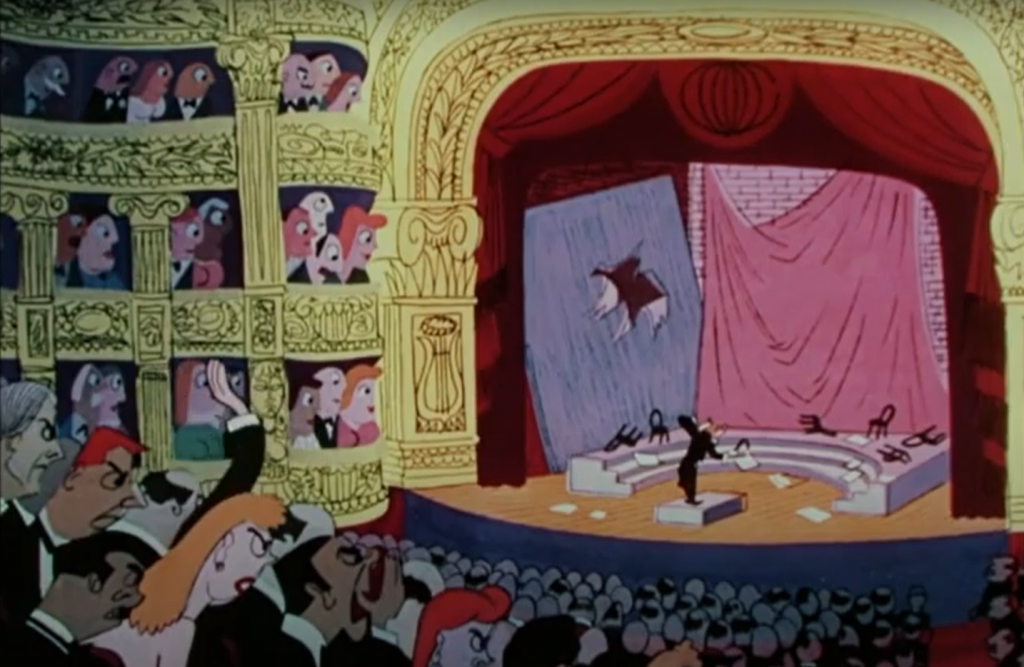
Mr. Magoo – The Ragtime Bear, 1949
After the critical acclaim, all the studio needed was a staple character. The first appearance of Mr. Magoo was a hit and the UPA studio took off.
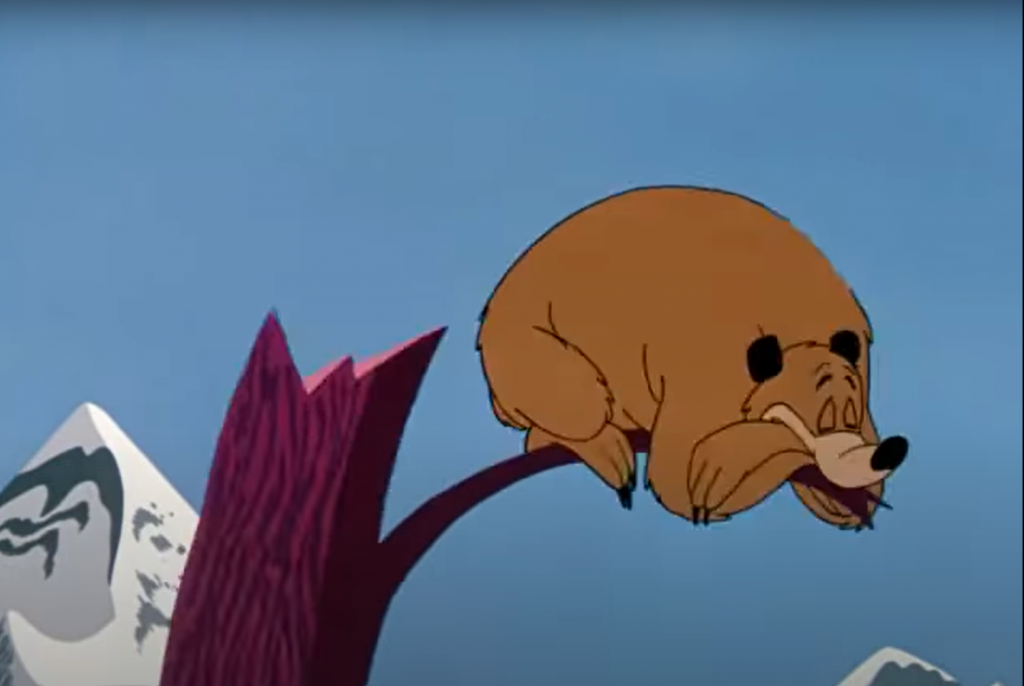
Next up:
Walter Lantz cartoons 1937-1949 – Golden Age of Animation
Previous Posts:
Early stages of animation: 1920-1937 – The rise of cartoons
Disney’s Snow White and the Seven Dwarves (1937) – Golden Age of Animation
Disney’s Pinocchio (1940) – Golden Age of Animation
Disney’s Fantasia (1940) – Golden Age of Animation
Disney’s Dumbo (1941) vs. Bambi (1942) – Golden Age of Animation
Disney Cartoons 1937-1949 – Golden Age of Animation
Warner Bros’ Cartoons 1937-1949 – Golden Age of Animation
Metro-Goldwyn-Mayer cartoons 1937-1949 – Golden Age of Animation
Fleischer/Famous Studios Cartoons 1937-1949 – Golden Age of Animation
Mintz/Screen Gems cartoons 1937-1949 – Golden Age of Animation
